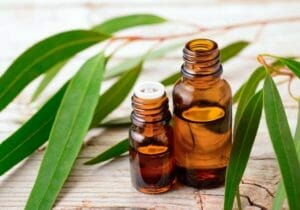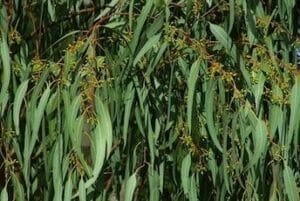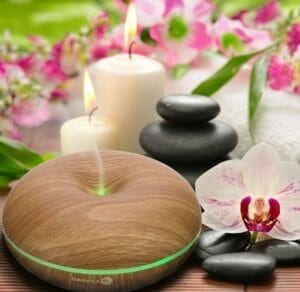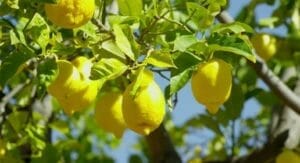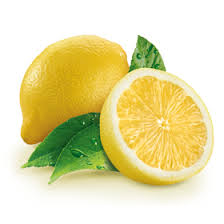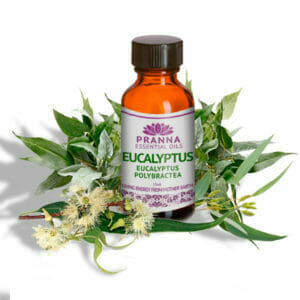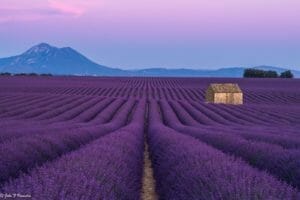
With the official arrival of summer, we enter into the harvest season of our Lavender Farm. The summer-blooms of lavender plants are now ready for processing and distilling in order to extract the precious essential oils taken from pure and natural botanical’s.
We specialize in the growing of Lavender and Lavendin plants, producing aromatic oils that are simply out of this world with their fragrant and perfumed scents.
A pleasant day spent walking amongst the rows of mature lavender plants, being surrounded with the aromatic fragrance that literally fills the entire air that one breathes…
Read more »

